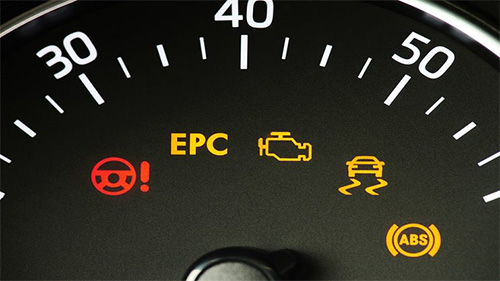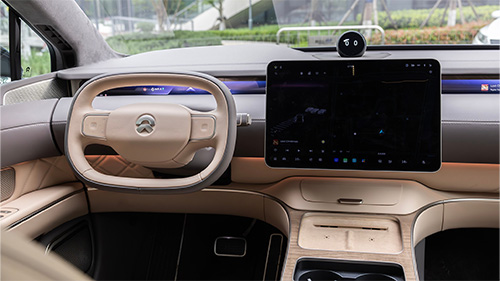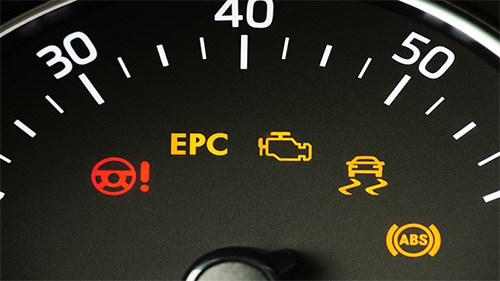Car in Limp Mode? What It Means and How to Get Back on the Road

Modern vehicles are equipped with intelligent systems designed to protect their complex components when something goes wrong. One of these features is called "limp mode"—a safety function that can leave even experienced drivers puzzled. If you've ever found yourself in a situation where your car suddenly lost power and wouldn’t accelerate beyond a certain speed, you’ve likely experienced limp mode firsthand.
Limp mode is the automotive equivalent of your body slowing down when you're sick. When the vehicle's electronic control unit (ECU) detects a serious problem—often with the engine or transmission—it activates limp mode to prevent further damage. The system limits power, locks gears, or disables non-essential features to keep you moving just enough to reach a service center safely.
Symptoms of Limp Mode
Your car may suddenly refuse to go over 30–40 mph, feel sluggish when accelerating, or shift poorly between gears. Often, the check engine light or transmission warning light will appear on the dashboard. Electronic features like air conditioning may shut off, and in some cases, the engine may idle roughly.
It's important to avoid panicking because these symptoms might appear rapidly. Limp mode is a regulated response designed to keep you and the vehicle safe; it is not a complete failure. Nevertheless, it's an obvious indication that urgent care is required.
Common Causes of Limp Mode
Limp mode can be triggered by various issues, most commonly involving the engine, transmission, or electronic systems. Faulty sensors, such as the mass airflow sensor, throttle position sensor, or boost pressure sensor, can cause the ECU to miscalculate performance metrics. Transmission problems—like low fluid levels, overheating, or gear ratio errors—are also frequent culprits. Electrical issues, including damaged wiring or poor connections, can interrupt sensor signals and trigger false alarms.
How to Respond When Your Car Enters Limp Mode
The first step is to stay calm and pull over safely. Turn off the engine and wait a few minutes. This allows the ECU to reset, and in some cases, the car may exit limp mode when restarted. However, this is often a temporary fix.
Check the dashboard for warning lights. If you have a basic OBD-II scanner, you can retrieve error codes yourself—these can help pinpoint the problem before you head to a mechanic. Avoid driving long distances in limp mode, as doing so could worsen the underlying issue.
If restarting doesn’t help, it’s best to head straight to a professional technician. They can run a full diagnostic to determine the exact cause and recommend the necessary repair. In many cases, a sensor replacement or a fluid top-up is all it takes to resolve the issue.
Prevention and Long-Term Maintenance
To reduce your risk of limp mode activation, maintain regular servicing of your vehicle. Keep engine oil, transmission fluid, and coolant levels within manufacturer specifications. Replace air filters and sensors as recommended, and ensure your vehicle's software is updated if it relies on computerized systems.
While limp mode can be frustrating, it’s ultimately a protective mechanism that could save you from a much costlier repair. Knowing what to look for—and how to react—can help you navigate the situation with confidence and get back on the road safely.







